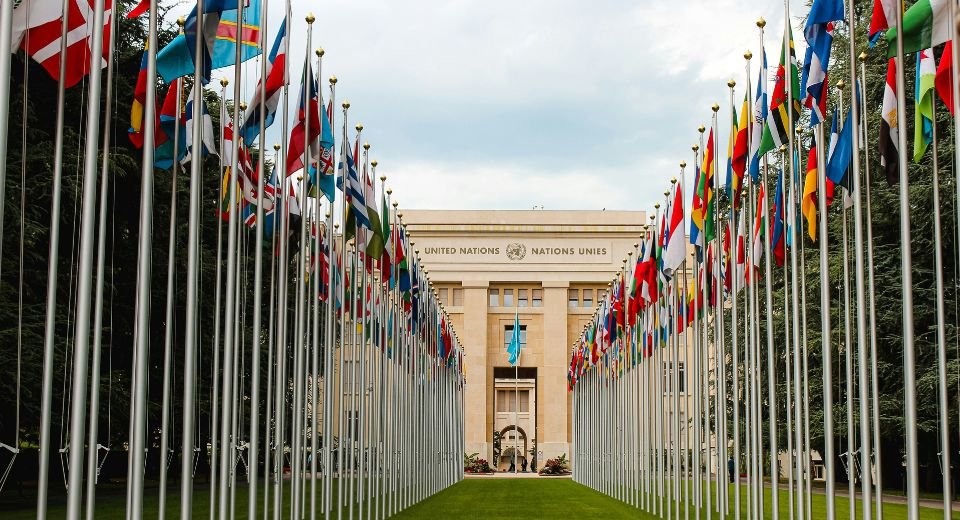November 19, 2025: The World Health Organization (WHO) will eliminate nearly 2,400 positions by June 2026—cutting up to 28% of its workforce—as it grapples with a $1.05 billion funding shortfall aggravated by the U.S. withdrawal, according to a new internal report released Tuesday.
The UN health agency plans to reduce its global headcount from a 15-year peak of 9,457 staff in December 2024 to approximately 7,360 by mid-2026. The cuts include 1,089 positions through “natural attrition” (retirements and non-renewed contracts) and 1,282 abolished posts where employees couldn’t be reassigned.
“This year has been one of the most difficult in WHO’s history,” Director-General Tedros Adhanom Ghebreyesus wrote in a message to staff. The reductions represent the smallest workforce since 2014, reversing a 1,429-position expansion during Tedros’s tenure, much of which was pandemic-related.
“The refusal of the US to pay its assessed contributions for 2024 and 2025, combined with reductions in official development assistance by some other countries, means we are facing a salary gap for the 2026-27 biennium of between $560 and $650 million,” Ghebreyesus acknowledged.
Geneva hit hardest
The impact is most severe at WHO’s Geneva headquarters, where staff levels will plummet 28%. The African and European regions face 25% and 24% cuts respectively.
While senior directors (D2 level) will be reduced by 42% proportionally, the absolute numbers hit junior and mid-level professionals hardest. P3 and P4 staff will lose 283 and 342 positions respectively, and 381 senior administrative G5 posts are being eliminated. Entry-level P1 and P2 positions face a 37% reduction.
The hidden “Shadow workforce”
Critically, the report omits data on WHO’s sprawling consultant network—over 8,000 “non-staff” contractors in 2024, nearly equal to the regular workforce. These consultants represent 28% of budgeted costs and some departments maintain five times more consultants than staff positions.
“Member States are being told about headcount reduction focused on staff posts only, which hides a large parallel workforce,” said one anonymous insider. Staff associations claim the organization rejected their alternative savings plan that would have capped executive salaries, decentralized headquarters functions, and reduced consultancies before cutting staff.
Also, 90% or more of directors have long term contracts that protect them from sudden layoffs, complicating such reductions. According to UN rules, those who see their programmes at headquarters slashed or eliminated would have to be offered positions elsewhere in the global system – or alternatively a year’s salary – with all of those associated costs.
The cuts come as WHO’s 2026-27 budget faces a $1.05 billion gap, down from $1.7 billion in May, thanks to increased member state contributions and cost-containment measures. However, a $141 million salary gap remains for 2025.
Staff associations have passed motions of no confidence in the restructuring process, demanding an immediate freeze on separations and an independent review. They warn the current path will likely result in “mass litigation.”





